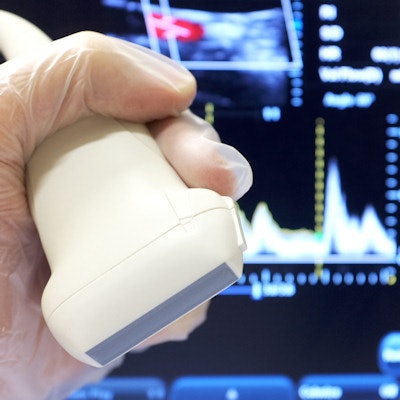
The American College of Cardiology (ACC), in collaboration with the American Heart Association (AHA) and the American Society of Echocardiography (ASE), has released a new document that covers training requirements for performing advanced echocardiographic procedures.
The guidance was published online February 19 in the Journal of the American College of Cardiology, and it will appear in upcoming print issues of Circulation: Cardiovascular Imaging and the Journal of the American Society of Echocardiography.
Cardiovascular echocardiography is used to assess cardiac anatomy and function and to help guide therapies for heart conditions, the ACC said. Three levels of training have long been recognized, but the document clearly defines level III training for the first time. Nine cumulative months of training are usually required to gain the level of experience necessary for level III competency, according to the ACC.
The guidance defines the length of training, the types of disorders to be reviewed, the number of procedures required for competence, and the knowledge base and skills required to be an advanced echocardiographer, the organization said. It also includes requirements for echocardiographic lab accreditation and teaching faculty guidelines.
All cardiologists should have a basic understanding of echocardiographic techniques, said Dr. Susan Wiegers of Temple University, chair of the guidance's writing committee.
"Although it is expected that most, if not all, fellows will achieve level II competency in echocardiography during their three years of general cardiology training, this document describes the more focused, in-depth experience required for level III competency," Wiegers said.



















